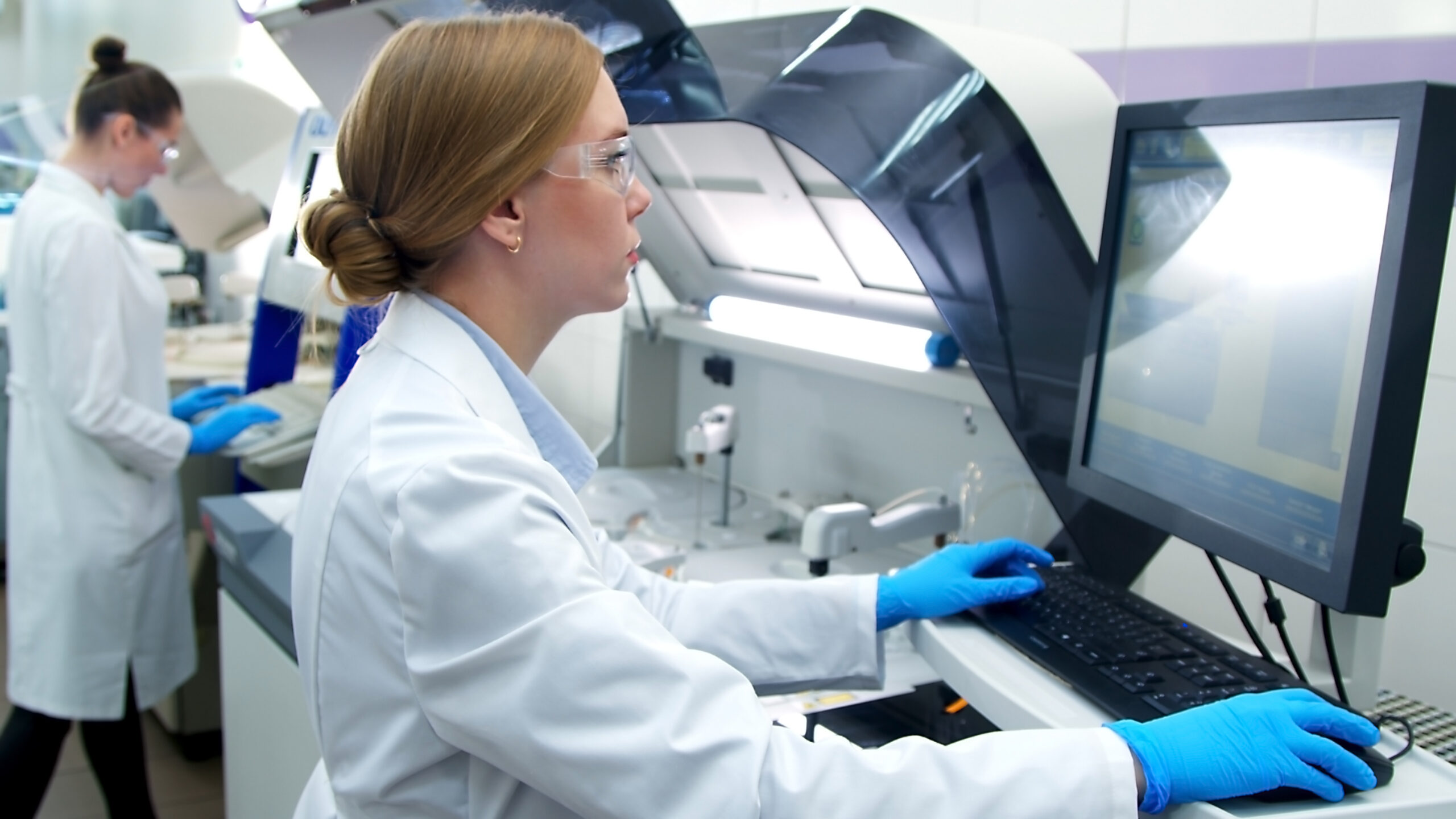The demand on our attention seems to have drastically increased over the past decades. This is believed to be due, in part, to our “gain and sustain” culture with constant access to on-demand visual information like rapid-fire emails, brief snippets of entertainment on social media, and myriad messaging platforms all interspersed with flashy advertising.


The forebrain is the seat of executive function that underlies goal-directed behavior. The decision to tend to a stimulus depends on several factors, such as desire or task requirements. Forebrain circuits consider these factors and decide what parts of our environment deserve our mental energy, which is usually the portion that is the most important. The midbrain prioritizes information about salience, relevance, and location of an object and whatever part of the environment “wins” highest priority is the object towards which gaze is fixed. This action involves inhibiting directed attention toward less important stimuli, called “gating”, and is often attributed to a region known as the thalamus.
For example, consider being in the Australian outback where dangerous snakes are located. A sudden motion in the sand wins highest priority and the body orients toward the visual cue- consuming all our attention while we decide what to do. However, midbrain prioritization can be altered by the forebrain, which has more competing interests than ever in our current society.

Historically, the majority of attention was dedicated to immediate threats and basic survival needs. The industrial revolution afforded us the ability to give more attention to leisurely pursuits, while the tech revolution is giving us flashy things to capture our attention. But we all know that at the end of the day in our modern culture, the forebrain is going to choose the funny cat video on TikTok as highest priority.


About Ashlie
Ashlie Reker is the senior in vivo research liaison at RockStep Solutions. Originally from the Greater Cincinnati Area, she began studying psychology with a focus in neuroscience while completing her undergraduate degree at the University of Kentucky. Thereafter, Ashlie moved to Melbourne Australia where she received her postgraduate diploma in psychology from the University of Melbourne, submitting her thesis that assessed the effects of defective color vision on color perception in the discipline of cognitive psychology. Continuing to pursue her love of neuroscience, Ashlie went on to complete her PhD at Deakin University, in collaboration with Mayo Clinic, using a translational model of treatment resistant depression to elucidate the mechanisms and efficacy of deep brain stimulation as a novel therapeutic to address the unmet needs of this at-risk population. Returning to the Greater Cincinnati Area, Ashlie continued her research as a postdoctoral fellow at the University of Cincinnati researching pain tolerance. This research contributed to the development of the Operant Plantar Thermal Assay – a novel behavioral test that offers a quantifiable measure of pain tolerance, discriminating it from the sensory component of pain and allowing for a deeper understanding of algesia towards the development of more effective analgesics.
Ashlie joined RockStep Solutions in September of 2020. Her role is to assist scientists from all fields of research in understanding how Climb can increase their research efficiencies and output, helping to get new treatments to market faster.
¹Machado and Kubu, 2021. https://health.clevelandclinic.org/science-clear-multitasking-doesnt-work/#:~:text=%E2%80%9CWhen%20we%20think%20we’re,are%20able%20to%20multitask%20effectively.
²Lorenz-Spreen, P., Mønsted, B.M., Hövel, P. et al. Accelerating dynamics of collective attention. Nat Commun 10, 1759 (2019). https://doi.org/10.1038/s41467-019-09311-w
Is Technology Short-Changing Our Attention Spans? (2021, April 22). Retrieved from https://www.theguardian.com/sbs-on-demand–are-you-addicted-to-technology/2021/apr/23/is-technology-short-changing-our-attention-spans
Knudsen E. I. (2018). Neural Circuits That Mediate Selective Attention: A Comparative Perspective. Trends in neurosciences, 41(11), 789–805. https://doi.org/10.1016/j.tins.2018.06.006
NICM Health Research Institute, Western Sydney University. (2019, June 5). How the Internet may be changing the brain. ScienceDaily. Retrieved April 3, 2022 from www.sciencedaily.com/releases/2019/06/190605100345.htm
Referenced Journal: Joseph Firth, John Torous, Brendon Stubbs, Josh A. Firth, Genevieve Z. Steiner, Lee Smith, Mario Alvarez‐Jimenez, John Gleeson, Davy Vancampfort, Christopher J. Armitage, Jerome Sarris. The “online brain”: how the Internet may be changing our cognition. World Psychiatry, 2019; 18 (2): 119 DOI: 10.1002/wps.20617
Watson, J.M., Strayer, D.L. Supertaskers: Profiles in extraordinary multitasking ability. Psychonomic Bulletin & Review 17, 479–485 (2010). https://doi.org/10.3758/PBR.17.4.479
*For a comprehensive review of the neural mechanisms of attention the reader is referred to Knudsen, E.I., 2018 listed in the references.




